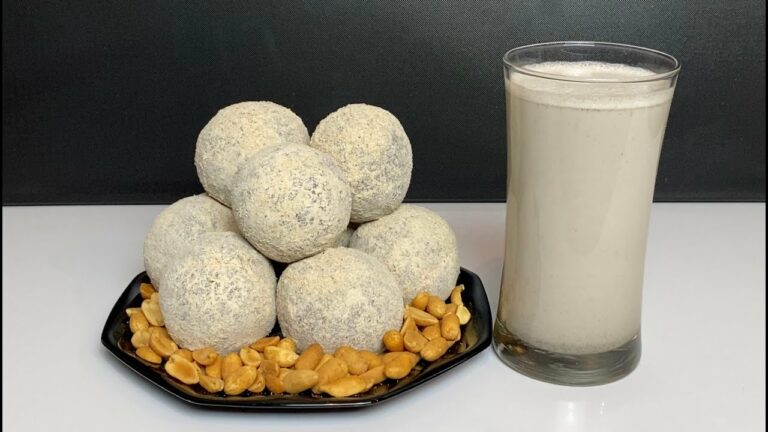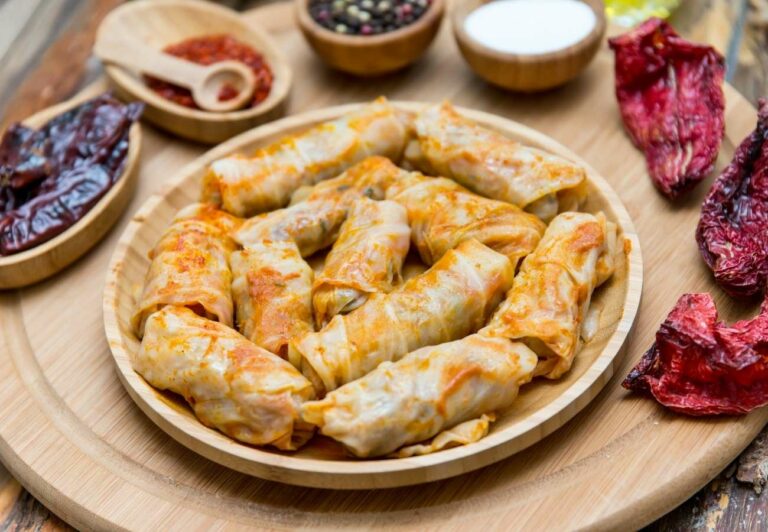Introduction: Beverages and Culture in Nepal
Nepal’s diverse cultural and natural landscape has given rise to a wide variety of local beverages that are enjoyed by locals and tourists alike. Beverages are an integral part of Nepali culture, and they are often consumed during social occasions and religious festivals. Whether it’s a cup of tea to start the day, a refreshing yogurt drink, or a glass of traditional fermented drink during festivities, Nepalese people have a rich tradition of consuming beverages that not only quench their thirst but also bring people together.
Milk Tea: The National Favorite
Milk tea, also known as chai, is the most popular beverage in Nepal. It is a staple drink that is consumed throughout the day, and it is an essential part of Nepali culture. The preparation of milk tea involves boiling tea leaves with milk and sugar, and sometimes spices like cardamom, ginger, and cinnamon. It is served piping hot in small glasses, and it is often enjoyed with snacks like pakoras or samosas. The rich flavor and aroma of the tea make it a perfect companion for a cold winter morning or a rainy day.
Lassi: A Refreshing Yogurt Drink
Lassi is a refreshing yogurt-based drink that is popular in Nepal, especially during the summer months when temperatures soar. It is made by blending yogurt with water and sugar, and sometimes flavored with fruits like mango or strawberry. It is served chilled in tall glasses, and it is a perfect drink to quench your thirst on a hot day. Lassi is also believed to have digestive properties, and it is often consumed after a meal.
Chang: A Traditional Fermented Drink
Chang is a traditional fermented drink that is made from millet, rice, or barley. It is served in a bamboo container called tongba, and it is consumed using a bamboo straw called pipsing. The preparation of chang involves boiling the grains and then fermenting them with yeast. The drink is often consumed during festivals and social gatherings, and it is believed to have medicinal properties. Chang has a strong and distinct flavor, and it is an acquired taste.
Jaand: A Sweet and Spicy Cinnamon Drink
Jaand is a sweet and spicy cinnamon-based drink that is popular in the hilly regions of Nepal. It is made by boiling water with cinnamon sticks, ginger, and sugar, and it is served hot. The drink has a unique flavor that is both sweet and spicy, and it is often consumed during cold winter nights. Jaand is also believed to have medicinal properties, and it is often used to treat coughs and colds.
Chyaang: A Hot Millet Beer-like Beverage
Chyaang is a hot millet-based drink that is similar to beer. It is a popular drink in the Himalayan regions of Nepal, and it is often consumed during festivals and social gatherings. The preparation of chyaang involves boiling millet with water and fermenting it with yeast. The drink is served hot in a wooden mug called pateela, and it is often consumed with snacks like roasted soybeans or peanuts. Chyaang has a unique flavor that is both sweet and bitter, and it is an acquired taste.
In conclusion, Nepal has a rich tradition of consuming beverages that not only quench thirst but also bring people together. From the national favorite milk tea to the refreshing lassi, traditional fermented drink chang, sweet and spicy cinnamon drink jaand, and hot millet beer-like beverage chyaang, Nepalese beverages are a must-try for anyone visiting the country.










